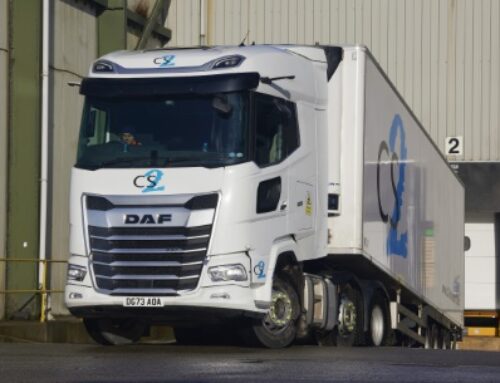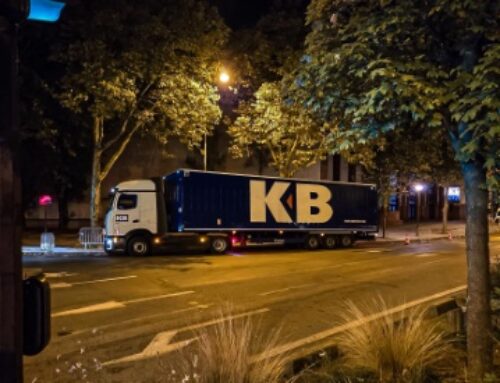Euro Parliament fails to decide on truck dimensions
 The European Parliament’s transport committee has failed to agree whether or not to allow longer and/or heavier trucks on Europe’s roads, let alone whether the extra length should be used to improve safety, aerodynamics or load capacity, after voting on the matter was postponed in February.
The European Parliament’s transport committee has failed to agree whether or not to allow longer and/or heavier trucks on Europe’s roads, let alone whether the extra length should be used to improve safety, aerodynamics or load capacity, after voting on the matter was postponed in February.
Michael Nielsen, the International Road Transport Union (IRU) general delegate to the EU said: “A golden opportunity to even further innovate to improve the environmental and safety performance in road transport risks being missed if a compromise solution is not found urgently.
“I am astounded that the responsible MEPs are failing to find or accept any of the necessary compromises that will allow an even more environmentally friendly and safe transport system. This is a sad example of dogma prevailing over evidenced based, informed decision making.”
The IRU called for a compromise solution to allow the manufacturers to make improvements to the aerodynamics and safety of trucks within infrastructure constraints, and to permit the fitting of aerodynamic fins to the rear of vehicle combinations that will help achieve substantial savings in fuel and vehicle emissions.
One proposed new rule on the weights and dimensions of commercial vehicles would secure the introduction of more alternative fuel powered trucks on Europe’s roads by permitting a one-tonne weight increase to accommodate heavier alternative fuel propulsion systems.
“A compromise solution providing these opportunities and a subsequent positive vote will also open the door to design flexibility for truck cab that would not only provide better aerodynamic performance coupled with major improvements in road safety through better visibility, but also an improved working environment for the driver,” the IRU said.
Meanwhile the vehicle constructor’s body ACEA has come out against changes in cab design to accommodate crumple zones, claiming instead that the key to safer roads is incorporating collision-avoidance technology such as autonomous braking into existing designs. It wants instead freedom to use extra length to create more efficient vehicles.
“This would enable manufacturers to incorporate into vehicle design innovations which can really improve fuel-efficiency and further drive down emissions but which require extra space,” said ACEA secretary-general Erik Jonnaert.
While longer cabs and vehicle combination lengths might also allow for safer truck design with, for example, improved visibility, it is technology that will best deliver improvements in this regard, ACEA maintains.
Cameras and proximity detectors, provided a quicker, more flexible and more efficient way to improve the safety of pedestrians and cyclist than redesigned cabs.
ACEA said the sector’s commitment to technology had helped to deliver significant improvements in commercial vehicle safety with a 42 per cent reduction in the number of fatalities involving LGVs between 2001 and 2011.
Systems such as electronic and automated emergency braking, roll-over prevention, lane departure warning and adaptive cruise control had all contributed to trucks now being involved in just six per cent of all road accidents.












